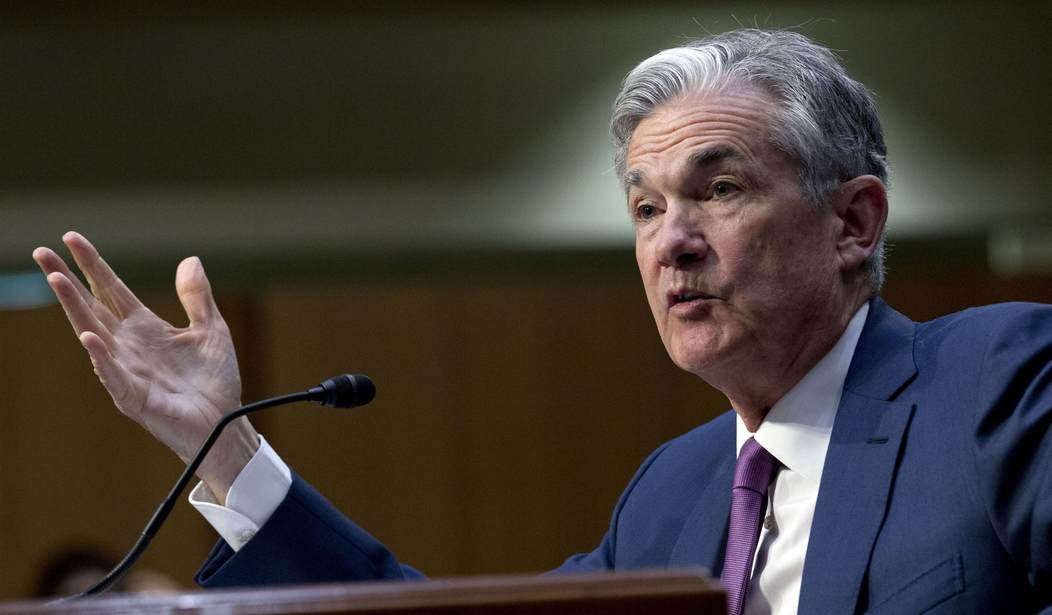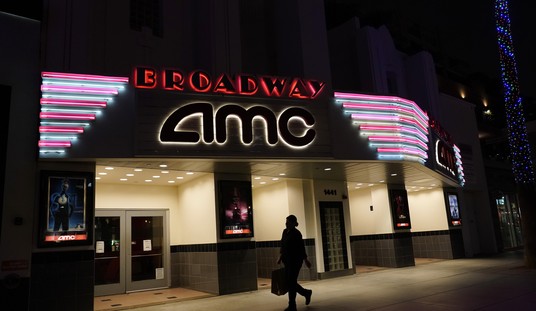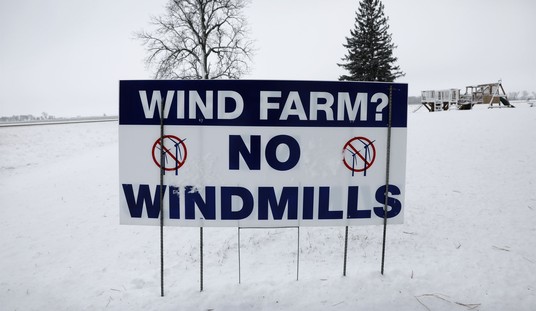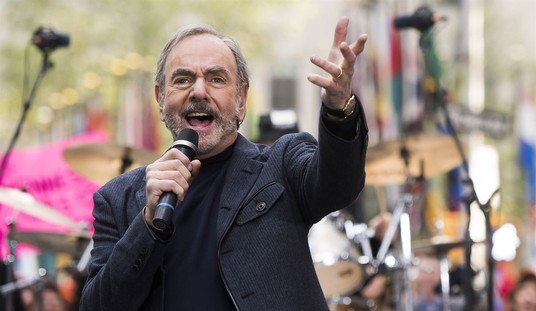November’s job growth may not look spectacular, but it’s still higher than stasis. In fact, the level of growth shown seemingly defies Federal Reserve efforts to tamp down inflation. The US economy added 263,000 jobs last month despite rising interest rates and looming recessions in other parts of the Western world:
Total nonfarm payroll employment increased by 263,000 in November, and the unemployment rate was unchanged at 3.7 percent, the U.S. Bureau of Labor Statistics reported today. Notable job gains occurred in leisure and hospitality, health care, and government. Employment declined in retail trade and in transportation and warehousing.
Among the unemployed, the number of permanent job losers rose by 127,000 to 1.4 million in November. The number of persons on temporary layoff changed little at 803,000.
Both the labor force participation rate, at 62.1 percent, and the employment-population ratio, at 59.9 percent, were little changed in November and have shown little net change since early this year. These measures are each 1.3 percentage points below their values in February 2020, prior to the coronavirus (COVID-19) pandemic.
The participation rates should be a concern. The job growth of the past year should have moved the needle on both closer to their pre-pandemic levels by now. Let’s not forget, too, that the pre-pandemic levels of both measures were themselves substantially below their pre-2008 crash levels, too. We may be creating more jobs for those in the workforce, but the workforce seems to be artificially low — which was also the case in the 2009 recovery. That didn’t get corrected until the more substantive expansion began in 2017.
This is an even bigger concern:
Yikes. Even "prime age" labor force participation (workers aged 25 to 54) fell in November.
November: 82.5%
October: 82.7%
September: 82.7%
August: 82.7%
July: 82%
June: 82.1%
May: 82.5% pic.twitter.com/Fxj8dPoLgC— Heather Long (@byHeatherLong) December 2, 2022
In other words, it’s not retiring Baby Boomers that’s driving that stasis on participation rates.
Still, wage growth remained elevated, although it yet remains below inflation. Hours worked have begun to decline a bit, though:
In November, average hourly earnings for all employees on private nonfarm payrolls rose by 18 cents, or 0.6 percent, to $32.82. Over the past 12 months, average hourly earnings have increased by 5.1 percent. In November, average hourly earnings of private-sector production and nonsupervisory employees rose by 19 cents, or 0.7 percent, to $28.10. (See tables B-3 and B-8.)
In November, the average workweek for all employees on private nonfarm payrolls declined by 0.1 hour to 34.4 hours. In manufacturing, the average workweek for all employees decreased by 0.2 hour to 40.2 hours, and overtime declined by 0.1 hour to 3.1 hours. The average workweek for production and nonsupervisory employees on private nonfarm payrolls decreased by 0.1 hour to 33.9 hours. (See tables B-2 and B-7.)
We haven’t seen the specific CPI inflation rate for November yet, but October’s was 7.7%. It’s not very likely that CPI inflation for November will dip all the way down below 5.1%, so this means that while nominal wages grew at a fast clip, real inflation-adjusted wages continued to decline in November.
The question now is what the Federal Reserve will do with this data. Of late they have sounded more hesitant to pursue aggressive rate hikes, but it doesn’t appear that their earlier interventions are having enough effect to curtail inflation. The Wall Street Journal notices this as well:
The job market has remained resilient this year, with employers still seeking to hire despite an uncertain economic outlook and elevated recession fears. Low unemployment and wage gains have helped fuel consumer spending, the economy’s main engine.
One big question is how long that strength can last as the Federal Reserve aggressively raises interest rates to tame inflation. Some companies in technology, entertainment and real estate are laying off workers, but demand for workers continues to outpace the number of unemployed people looking for work. …
“An employer is going to start reducing hiring long before they start letting go of their existing workforce,” said Guy Berger, principal economist at LinkedIn. “That’s the first lever.”
Rising unemployment could follow, he said, as job seekers have fewer available opportunities. Continuing claims, which reflect the number of people seeking ongoing unemployment benefits, are drifting upward in a sign of labor-market cooling, Mr. Berger said.
Economists surveyed by The Wall Street Journal expected that the overall jobless rate held at a historically low 3.7% in November. They estimated that employers added 200,000 jobs last month.
They clearly missed their guess, but it’s a measure of how much economists anticipated that the Fed’s rate hikes would have impacted inflation at this point. Investors got surprised as well, and their initial reaction this morning has been telling:
The numbers likely will do little to slow a Fed that has been raising interest rates steadily this year to bring down inflation still running near its highest level in more than 40 years.
In another blow to the Fed’s anti-inflation efforts, average hourly earnings jumped 0.6% for the month, double the Dow Jones estimate. Wages were up 5.1% on a year-over-year basis, also well above the 4.6% expectation.
Futures tied to the Dow Jones Industrial Average plunged following the report, falling more than 400 points as the hot jobs report could make the Fed even more aggressive.
The Fed doesn’t want a recession, but they want to stifle demand to strangle inflation in the short term. There may be more room to do that and still avoid a recession than some thought, but what they’ve done so far isn’t working. Their biggest problem is an administration that is refusing to follow supply-side policies — especially on energy — that could flood the market with goods and rebalance the supply/demand curve to eliminate price hikes. Joe Biden and his team are sticking to the Obama-esque shortage strategies that created the weakest recovery in decades, only this time without the Fed’s loose-money power Obama had to keep from tipping over entirely into stagnation or worse.
So far, we’ve avoided the crisis, but that doesn’t mean it’s not coming.








Join the conversation as a VIP Member